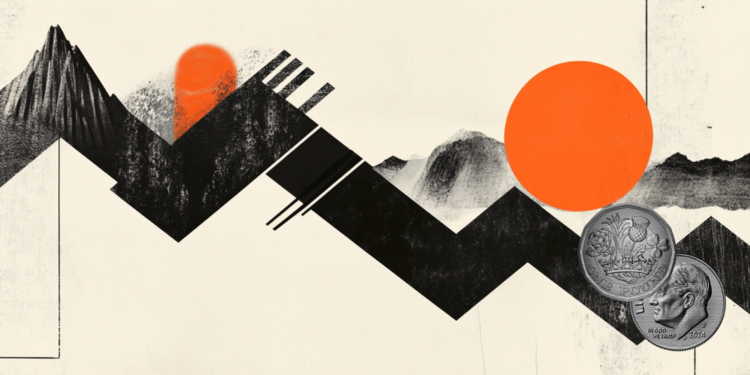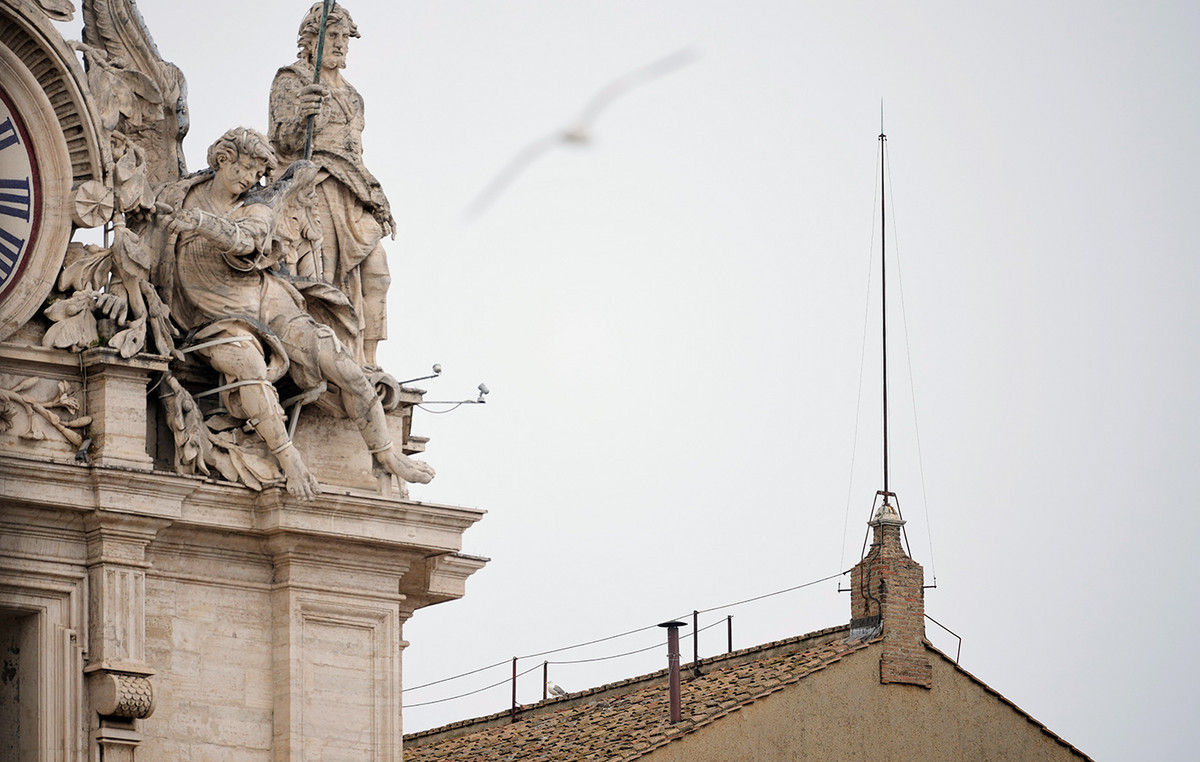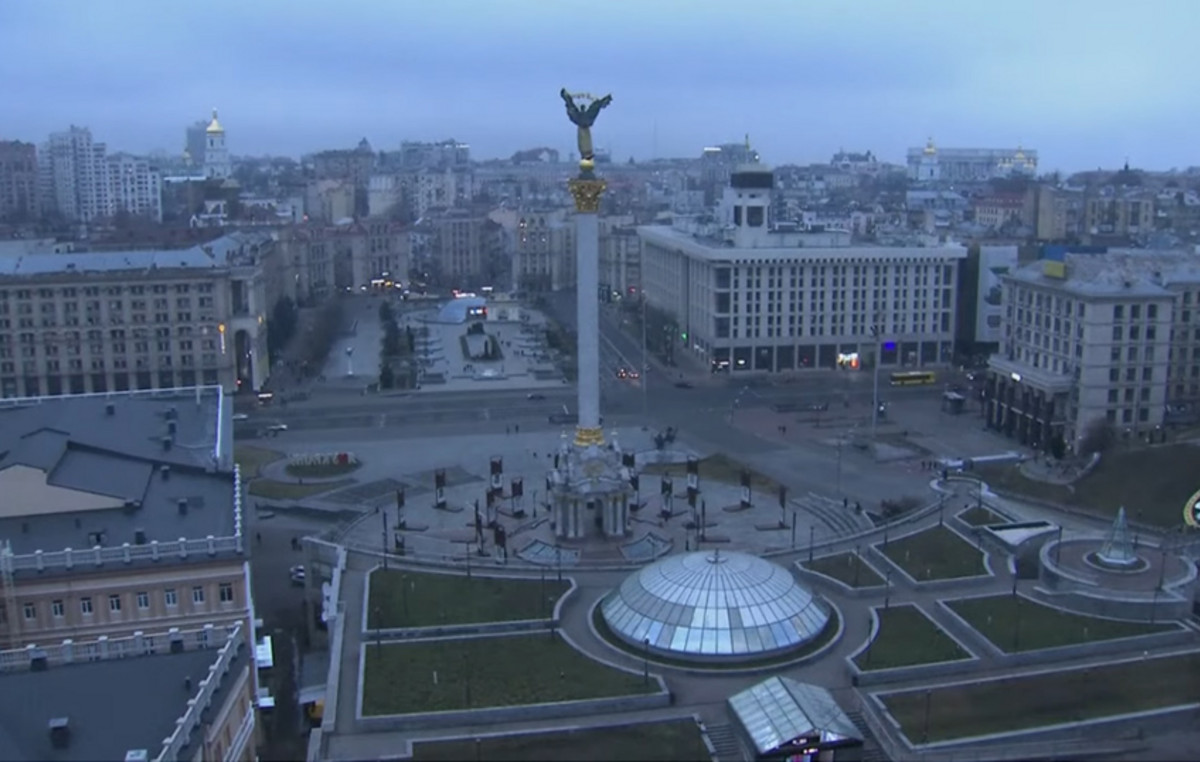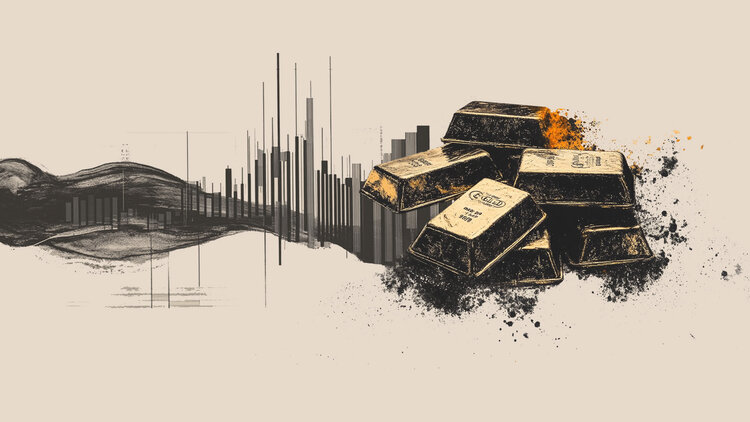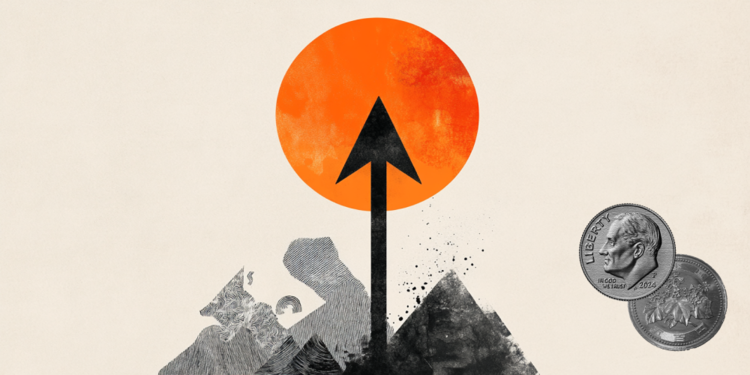The Israel Defense Forces’ ground incursion into Lebanon is just the latest episode in a war that, in its final stage, reaches a year next week.
Tensions began to rise after the attack by Hamas based in the Gaza Strip, south of Israel, which left 1,200 people dead and took more than two hundred hostages — some of which are still in the Palestinian enclave.
The following day, Hezbollah militants from Lebanon began firing rockets at the other end of Israel, to the north, declaring “solidarity” with the Palestinian cause.
Israel responded to the shooting on its northern border with limited strikes. Even so, the context of constant violence forced the forced displacement of hundreds of thousands of people on both sides of the border, both in southern Lebanon and in northern Israel.
While in Gaza the Israel Defense Forces carried out a ground operation that left more than 40,000 dead, on the northern border the conflict remained on the back burner until September.
Until then, the main episode on this front had been the death of a Hezbollah commander in an attack in the suburbs of Beirut in July.
In September, however, Israel managed to explode thousands of Hezbollah’s communications equipment, causing the death of dozens of the group’s members and injuring thousands, including civilians.
The Mossad, Israel’s intelligence service, was responsible for the operation, according to the investigation. CNN .
From then on, the country began a series of attacks that led to the death of practically the entire Hezbollah chain of command, the Israel Defense Forces say.
The main target died on Friday (27). Hassan Nasrallah was hit in an Israeli bombing of Hezbollah headquarters in Beirut. The secretary general had been in charge of the group for around 30 years.
Despite calls from its main allies to avoid a widespread regional war, Benjamin Netanyahu’s government decided to double down and, last weekend, carried out a series of attacks in Lebanon, shifting the center of gravity of the conflict from the Gaza Strip. to the northern border of Israel.
The escalation reached its peak on Monday (30), when the Israeli military decided to carry out a ground operation in southern Lebanon, invading the Arab country for the fourth time in just over forty years.

History of Israel’s invasions of Lebanon
1978 : Israel first sent troops across the border after members of the Palestine Liberation Organization (PLO) entered Israel from Lebanon by sea and took control of a civilian bus, killing dozens of Israelis, according to the IDF.
In response, Israel occupied most of the southern part of the country, despite Lebanese claims that it had nothing to do with the bus attack. This eventually led to the creation of the United Nations Interim Force in Lebanon (UNIFIL), tasked with ensuring Israel’s withdrawal from Lebanon.
1982 : The longest Israeli invasion of Lebanon began in June 1982. As per statements this week, Israel said the incursion would be brief and limited with a mission to destroy the PLO.
But it resulted in a years-long occupation of southern Lebanon and Israeli troops becoming mired in a protracted and increasingly unpopular war.
Israeli forces initially ended up taking almost half of Lebanon’s territory, including West Beirut. The operation resulted in more than 17,000 deaths, according to contemporary reports, and an Israeli inquiry into a massacre in the Palestinian refugee camps of Sabra and Shatila.
This investigation held Israel indirectly responsible for the massacre carried out by right-wing Christian Lebanese fighters allied with Israel. Israeli troops withdrew from West Beirut after this, but continued to occupy southern Lebanon until 2000. This conflict also gave rise to Hezbollah.
2006 : In 2006, Hezbollah militants infiltrated Israel in a surprise attack, killing eight Israeli soldiers and kidnapping two more in an attempt to provoke a prisoner exchange.
Israel retaliated with a massive air operation followed by a comprehensive ground offensive, which ended in a UN-brokered ceasefire.
The month-long war has killed about 1,200 people in Lebanon, hundreds of them children, according to Human Rights Watch. Forty-nine Israeli civilians and 121 IDF soldiers were killed, according to the Israeli army.
A UN commission concluded that the IDF used “excessive, indiscriminate and disproportionate” force against civilians.
This content was originally published in Understand the escalation of the conflict between Hezbollah and Israel on the CNN Brasil website.
Source: CNN Brasil
Bruce Belcher is a seasoned author with over 5 years of experience in world news. He writes for online news websites and provides in-depth analysis on the world stock market. Bruce is known for his insightful perspectives and commitment to keeping the public informed.


